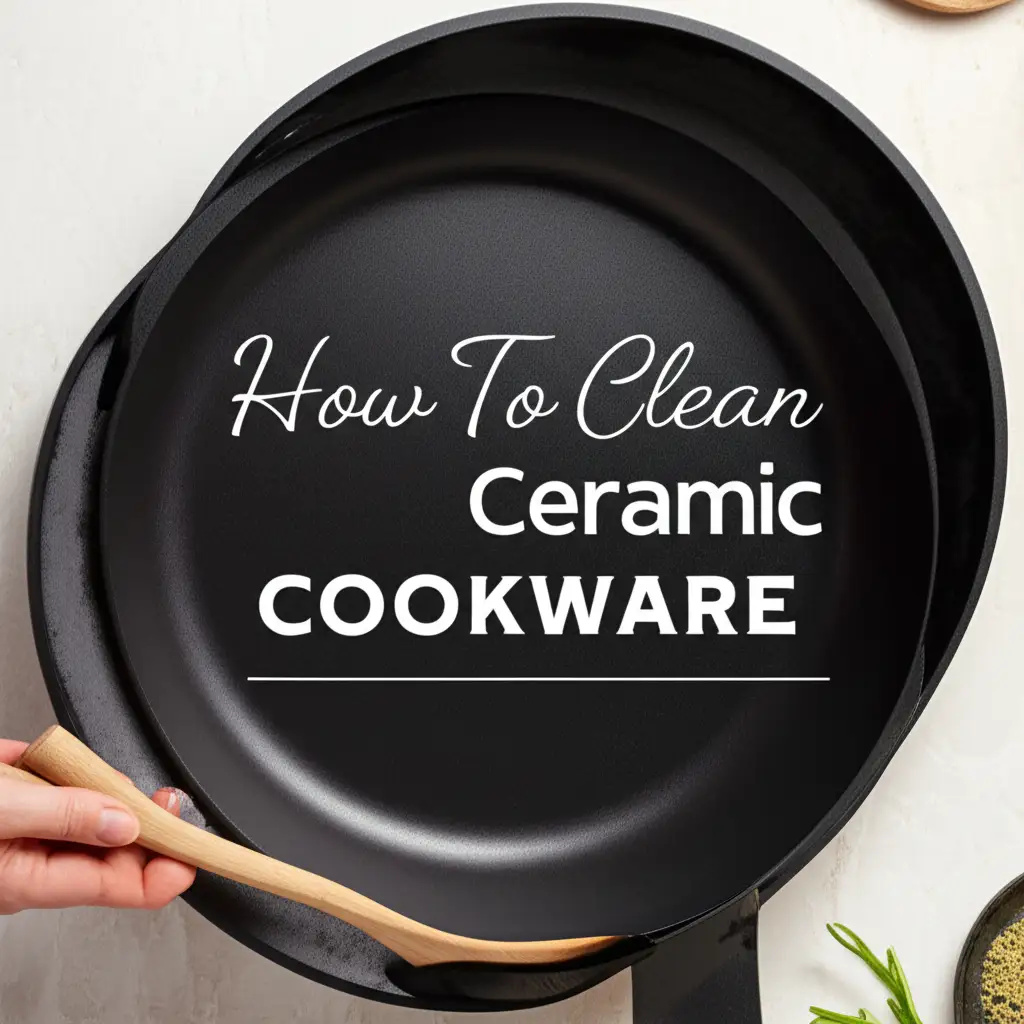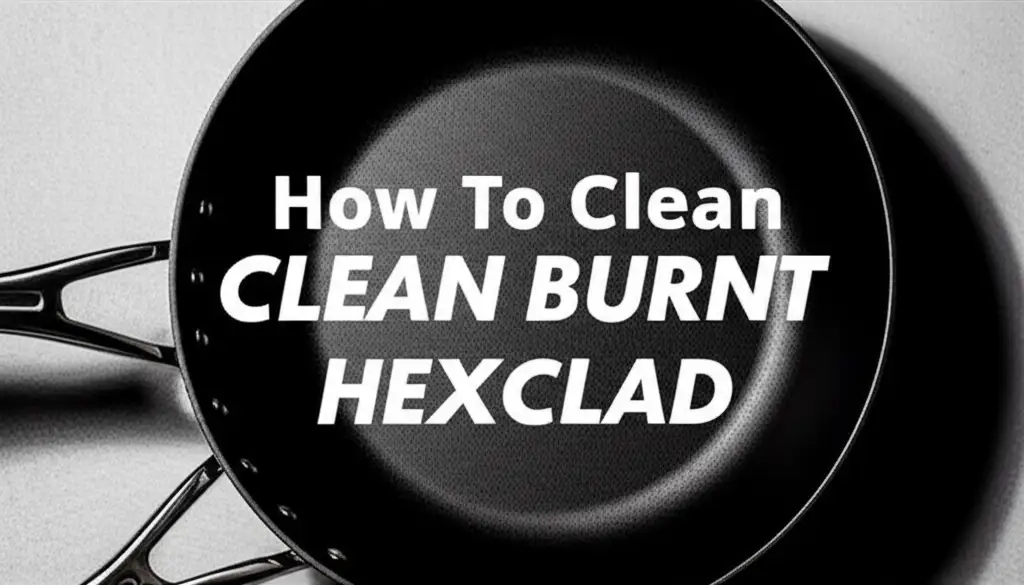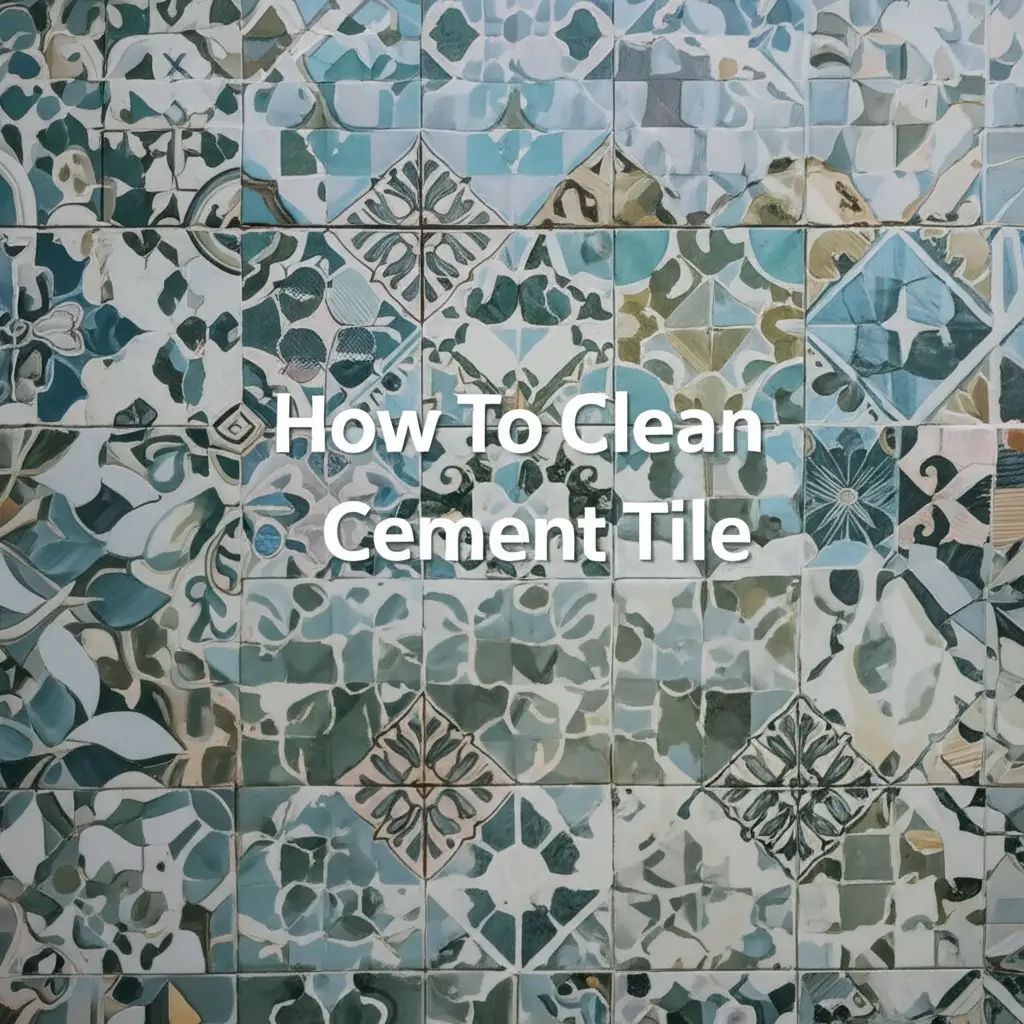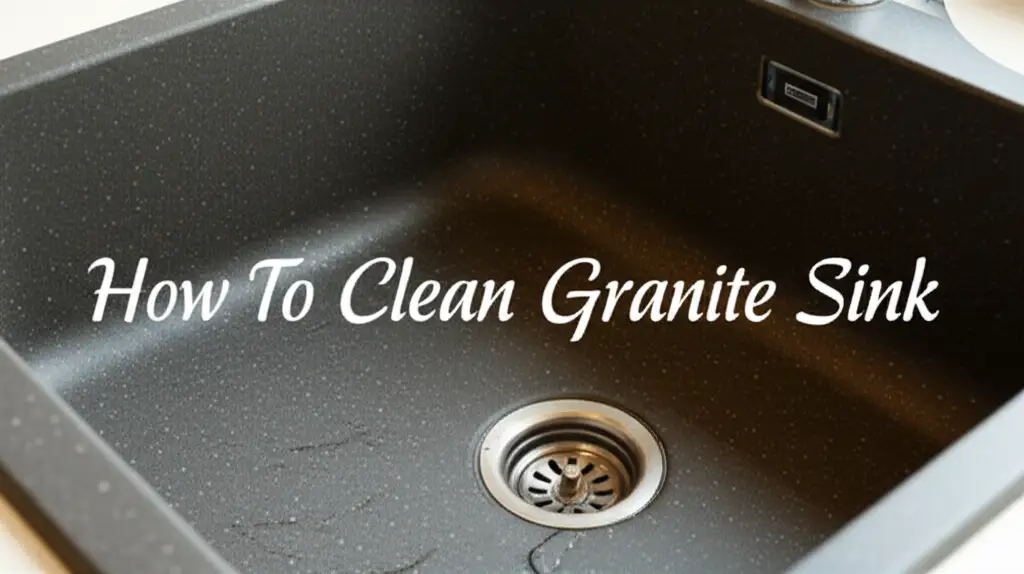· Kitchen Cleaning, Cookware Care · 13 min read
How To Clean Ceramic Cookware

How To Clean Ceramic Cookware Effectively
Ceramic cookware offers great non-stick performance and heats food evenly. Many people choose it for a healthier cooking experience. However, its delicate surface needs proper care to keep it working well. Knowing how to clean ceramic cookware properly helps you avoid scratches and sticky build-up. We want our favorite pans to last for years.
Improper cleaning shortens the lifespan of your ceramic pans. It also reduces their non-stick qualities. This article provides simple, actionable steps to clean ceramic cookware. We will cover everyday care and ways to tackle tough stains. You will learn how to maintain your ceramic non-stick coating. Let’s make sure your ceramic pots and pans stay pristine.
Takeaway
- Always clean ceramic cookware gently with soft tools.
- Use warm, soapy water for regular cleaning immediately after use.
- Baking soda and vinegar mixtures remove stubborn food residue.
- Avoid abrasive cleaners and metal utensils.
- Proper storage prevents damage and maintains coating integrity.
To clean ceramic cookware, gently wash it with warm soapy water and a soft sponge. For tougher stains, make a paste with baking soda and water. Apply it, let it sit, then gently scrub. Rinse thoroughly and dry completely to maintain the non-stick surface and prevent damage.
Understanding Your Ceramic Cookware: Basics of Care
Ceramic cookware has a special non-stick surface. This surface is often free of certain chemicals found in other coatings. Manufacturers apply a ceramic-based coating over a metal core. This design makes cooking easier and cleanup simpler. Understanding this coating helps you care for your pans better.
The non-stick properties depend on the smooth, intact surface. Any scratch or chip can ruin this surface. This means food will start to stick. It also affects how heat distributes. We must protect this layer at all costs. Regular, gentle cleaning helps maintain the surface integrity. You should never use harsh chemicals or abrasive scrubbers.
Many people choose ceramic for its non-stick qualities. They also like that it often requires less oil or butter. This makes meals healthier. The ceramic coating also heats up quickly and evenly. This saves energy and cooks food well. I find my ceramic pans perfect for delicate foods like eggs or fish.
Proper care starts from the very first use. Always wash a new pan before cooking. Seasoning is not usually needed for ceramic coatings. Just a simple wash and dry. This prepares the surface for its first cooking task. Protecting your ceramic cookware ensures enjoyable meals.
Everyday Cleaning for Ceramic Pans: Gentle Habits
Regular cleaning keeps your ceramic cookware in top condition. You should clean your pan after every use. Allow the pan to cool completely before washing it. Washing a hot pan with cold water can cause thermal shock. This shock can damage the non-stick coating. I always let my pan cool down on the stovetop.
Once the pan is cool, use warm water and a small amount of dish soap. A soft sponge or cloth works best. Gently wipe away any food residue. The non-stick surface usually releases food easily. You should not need to scrub hard. Rinse the pan thoroughly with clean water.
Drying your ceramic cookware completely is important. Water spots can form if left to air dry. More importantly, moisture can cause small stains over time. Use a soft towel to dry the pan inside and out. This prevents water marks and helps keep the coating clean. This simple step protects your ceramic pan.
Always avoid using metal utensils while cooking. They can scratch the ceramic surface. Silicone, wooden, or plastic tools are much safer. Also, never stack pans without a protector. A felt pad or paper towel between pans prevents scratches. These small habits make a big difference for your ceramic stovetop cookware. Keeping surfaces clean means better cooking and longer-lasting items.
- Cool Down First: Let pans cool completely before washing.
- Warm Soapy Water: Use mild dish soap and warm water.
- Soft Sponge: Always use a soft sponge or cloth, never abrasive scrubbers.
- Thorough Rinse: Rinse off all soap residue.
- Dry Completely: Use a soft towel to dry pans immediately.
- Protect From Scratches: Use soft utensils and pan protectors for storage.
Tackling Stubborn Stains: Deep Cleaning Ceramic Cookware
Sometimes, food burns onto the surface or stains appear. This can happen even with careful use. Do not panic if your ceramic non-stick surface looks less than perfect. You can remove stubborn stains without damaging the coating. I often use simple household items for deep cleaning ceramic cookware.
One effective method uses baking soda. Make a paste with baking soda and a little water. Apply this paste to the stained area. Let the paste sit for 15-20 minutes. This allows the baking soda to break down the stuck-on food or discoloration. The mild abrasive quality of baking soda helps lift the grime.
After waiting, gently scrub the area with a soft sponge or cloth. Do not use anything harsh. The stain should come away easily. Rinse the pan well with warm water. Dry it completely afterwards. This method often removes burnt-on food and dark marks. I have seen great results with this approach on various kitchen items, including a white ceramic sink.
For very tough stains, especially those with some grease, you can use a vinegar solution. Mix equal parts white vinegar and water. Pour this mixture into the pan to cover the stain. Bring it to a gentle simmer on the stovetop for a few minutes. Turn off the heat and let it cool. The acidity helps loosen stuck food. After it cools, pour out the liquid. Then clean with warm soapy water and a soft sponge. This also works well for cleaning a bottom of a pan. This combination makes your ceramic pans clean.
Restoring Non-Stick Properties: Common Issues and Solutions
Over time, even with good care, ceramic cookware can lose some non-stick properties. This often happens due to a build-up of invisible residue. Food particles and cooking oils can create a film. This film makes food stick to the surface. It is not always obvious to the eye.
One common reason for sticking is using too much oil or cooking at very high heat. These practices can carbonize oils onto the surface. This creates a sticky layer. To restore the non-stick quality, you need to remove this film. Regular deep cleaning helps prevent this issue.
Try a “deep clean” using baking soda paste. As described before, apply the baking soda paste to the entire cooking surface. Let it sit for 30 minutes to an hour. Gently scrub with a soft cloth. You might see a grayish residue come off. This residue is the carbonized oil and food bits. Rinse thoroughly. This process can bring back some of the non-stick action. I often do this once a month.
Another method involves a gentle “re-seasoning” though not in the traditional sense. After cleaning, put a tiny amount of cooking oil (like vegetable or grapeseed oil) on a paper towel. Wipe it lightly over the entire inner surface of the pan. Heat the pan on low for 30 seconds. Turn off the heat and let it cool. Wipe away any excess oil. This creates a fresh, thin layer. This layer can improve non-stick performance. It helps your ceramic coating perform its best.
Cleaning the Exterior and Handles of Ceramic Cookware
While the inside of your ceramic cookware gets the most attention, the exterior and handles also need care. Food splatters, grease, and heat can cause discoloration or build-up on the outside of the pan. Keeping the exterior clean makes your cookware look good and last longer.
For general exterior cleaning, use the same warm soapy water and soft sponge. Wipe down the entire outside surface. Pay attention to areas around the handle and the bottom. These spots often collect grease. Rinse well and dry thoroughly to prevent water spots. This simple step keeps your pans looking new.
Stubborn burnt-on food or grease on the exterior requires more effort. You can use a baking soda paste on the outside, just like for the interior. Apply the paste to the affected areas. Let it sit for at least 30 minutes, or even a few hours for really tough spots. Then, gently scrub with a non-abrasive scrubber. A nylon brush can work well for the exterior. This helps remove grime without scratching the finish. Remember to rinse completely.
For discoloration on the bottom, especially if it’s from gas flames, a mixture of vinegar and water can help. You can also make a paste with cream of tartar and water. Apply it to the bottom of the pan. Let it sit for a while, then scrub gently. Rinse off completely. Cleaning the outside of your ceramic pans is similar to cleaning the outside of Le Creuset cookware. Regular cleaning of all parts of the pan keeps it looking its best.
Handles made of silicone or plastic can be cleaned with soap and water. Wooden handles should only be wiped with a damp cloth and dried quickly. Water can damage wood over time. A clean handle provides a safer grip. This attention to detail extends the life of your entire ceramic pan.
Prevention is Key: Tips for Maintaining Ceramic Cookware Longevity
The best way to keep your ceramic cookware clean is to prevent problems. Good habits extend the life of your non-stick coating. Prevention saves you time and effort in cleaning. I have learned that a little care goes a long way with these pans.
First, always cook on low to medium heat. Ceramic cookware heats efficiently. High heat can damage the non-stick coating over time. It can also cause oils to carbonize, leading to sticking. This is a common mistake people make. Adjust your heat settings when cooking with ceramic.
Second, avoid using cooking sprays. Many cooking sprays contain propellants and additives. These ingredients can leave a sticky residue on the ceramic surface. This residue is hard to remove. It also builds up and reduces non-stick performance. Instead, use a small amount of liquid oil or butter applied with a paper towel.
Third, never use metal utensils or sharp objects on the ceramic surface. Even small scratches can ruin the non-stick coating. Stick to silicone, wooden, or plastic spatulas and spoons. Also, avoid cutting food directly in the pan. Transfer food to a cutting board first.
Proper storage is also crucial. Do not stack ceramic pans directly on top of each other. This can cause chips and scratches. Use pan protectors, felt pads, or even paper towels between pans. Hang them if possible. These measures prevent surface damage. Thinking about general cookware care helps maintain all your kitchen items.
Finally, always let your pans cool before washing. Thermal shock can weaken the coating. This can lead to cracking or peeling over time. These preventive steps keep your ceramic cookware performing like new.
When to Retire Your Ceramic Cookware: Signs of Wear
Even with the best care, ceramic cookware does not last forever. The non-stick coating will eventually wear out. Knowing when to replace your pans helps ensure safe and effective cooking. Using worn-out cookware can be frustrating and even unhealthy. I have had to say goodbye to a few beloved pans.
One clear sign of wear is persistent sticking. If food consistently sticks, even after deep cleaning and attempts to restore the non-stick properties, the coating is likely compromised. This means the pan no longer serves its primary purpose. Cooking becomes difficult, and food can burn easily.
Visible damage to the ceramic coating is another sign. Look for chips, scratches, or flaking. These imperfections mean the non-stick layer is breaking down. When the coating chips, it can expose the base material underneath. This material might not be safe for cooking. Small flakes can also end up in your food.
Discoloration that does not wash off also indicates wear. If the surface is permanently darkened or stained, it suggests carbonized oil build-up. This build-up makes the pan less effective. It also signals that the coating has lost its smoothness. You cannot restore these deep stains.
Consider replacing your ceramic cookware if you see any of these signs. Continued use of a damaged pan can affect your cooking results. It may also pose health risks if the base materials are exposed. Replacing cookware is a normal part of kitchen maintenance. It ensures you always cook with the best tools.
Frequently Asked Questions About Cleaning Ceramic Cookware
Can I use steel wool or abrasive scrubbers on ceramic cookware?
No, never use steel wool or abrasive scrubbers on ceramic cookware. These tools will scratch and damage the delicate non-stick coating. This damage reduces the pan’s effectiveness. Always use a soft sponge or cloth to clean ceramic surfaces.
How do I remove burnt food from ceramic pans?
To remove burnt food, make a paste from baking soda and water. Apply it to the burnt area. Let it sit for 15-20 minutes to loosen the residue. Then, gently scrub with a soft sponge. Rinse the pan well afterwards. For tougher spots, a gentle simmer with a vinegar-water mix can help.
Is ceramic cookware dishwasher safe?
Most manufacturers recommend hand washing ceramic cookware. Dishwashers use harsh detergents and high temperatures. These conditions can degrade the non-stick coating over time. Hand washing preserves the pan’s surface and extends its lifespan. Always check your pan’s specific care instructions.
Why is my ceramic non-stick sticking even after cleaning?
Your ceramic non-stick might be sticking due to an invisible film of carbonized oils or food residue. This film builds up over time. Try a deep clean with baking soda paste to remove this layer. Also, ensure you cook on low to medium heat and avoid cooking sprays.
How often should I clean my ceramic cookware deeply?
Clean your ceramic cookware deeply when you notice a reduction in non-stick performance or stubborn stains appear. For regular users, a deep clean every few weeks or once a month can help maintain the coating. Everyday cleaning should happen after every use.
Can I use vinegar to clean my ceramic pan?
Yes, you can use white vinegar to clean your ceramic pan. A solution of equal parts vinegar and water can help loosen tough stains or burnt food. Simmer it gently in the pan, then let it cool. Afterwards, wash the pan with warm soapy water and a soft sponge. This also helps with various ceramic cleaning tasks.
Conclusion
Cleaning ceramic cookware properly ensures its longevity and maintains its excellent non-stick performance. We have explored simple steps for everyday cleaning and effective methods for tackling stubborn stains. From using gentle dish soap and soft sponges to employing baking soda and vinegar for deeper cleaning, protecting your ceramic non-stick surface is straightforward.
Remember to always allow your pans to cool before washing and avoid abrasive tools. These habits prevent damage to the delicate ceramic coating. By following these guidelines, you extend the life of your cookware. You keep your favorite ceramic pans performing like new for years of delicious meals. Give your ceramic cookware the care it deserves. Enjoy its non-stick benefits every time you cook.
- ceramic cookware
- clean ceramic pans
- cookware care
- non-stick cleaning
- stain removal
- ceramic coating




